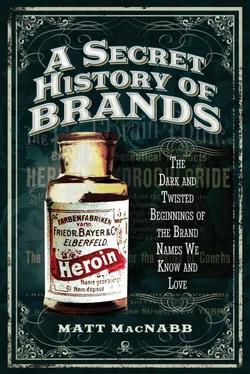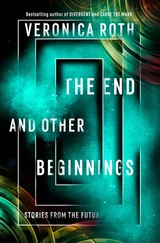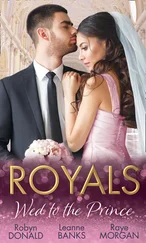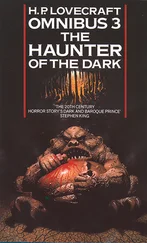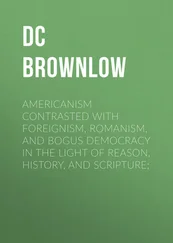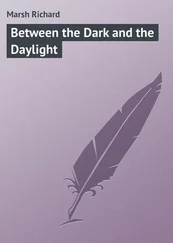Smith and Wesson had a gun and a venture, but now they needed to find some backers, investors who could take the production to the next level. Oliver Winchester purchased eighty shares of the upstart Volcanic Repeating Arms Company in 1855. This marked the beginning of a legacy that is still going strong today. It was a rocky start for Smith and Wesson; though we know them today as legends in the firearms business, the Volcanic Repeating Arms Company suffered from a lukewarm reception from the public. It turns out that their ammunition just wasn’t powerful enough to shoot long distances, or to do enough damage, so the sales quickly began to suffer. The investors pulled out one by one, even Smith and Wesson moved on. In 1856 Winchester was the sole remaining investor, and he bought out the remains of the company for forty thousand dollars, determined to make it work. Now sitting as the president and treasurer of the Volcanic Repeating Arms Company, Oliver Winchester went to work making changes that he thought would take the business to a new level.
The first change brought about by Oliver was a name change to the New Haven Arms Company. A fresh start and a name without a stigma was necessary to try and carve out a piece of the market and convince gun dealers to carry his product. Winchester personally oversaw the factory, which employed dozens of gunsmiths and machinists. He was a shirt maker and a businessman, which set him apart from other gun makers, who were largely machinists and gunsmiths themselves. Winchester needed to bring in an expert to help him develop a more effective weapon. That man was Benjamin Tyler Henry, a masterful mechanic who Winchester had utilised to care for the 500 sewing machines in his shirt factory. In 1857 Henry became the plant superintendent, using the limited gunsmith experience that he had picked-up as a teenager. What he lacked in experience, Henry made-up for in dedication. It is said that he lived in the factory, sleeping only a few hours at a time, working tirelessly on a new rifle design.
It was around this time that the American Civil War was beginning to brew. The North and South were at odds and by this time, their new gun design, the ‘Henry rifle’, went into production. The Henry rifle also included a brand new innovation, metallic cartridges to house the ammunition. The idea of metal bullets is still the industry standard today, but back then it was a radical concept, which created waterproof ammunition that was easier to store and carry. The Henry rifle was available to the public by 1862 and the Civil War had been raging on since the previous year. The demand for weaponry was high, but the federal government was hesitant to commit to the weapon in any major way, largely due to the unique ammunition that was required. The government was also unsure of how well the rifle would perform on the battlefield and how reliable it would be. In the past, so many models had disappointed, and it was hardly the time to chance everything on a new product.
Never one to miss a promotional opportunity, Winchester sent a special Henry rifle to President Lincoln. The rifle was the sixth ‘Henry’ ever produced and was plated in gold and intricately inscribed and personalised. Rifles were also sent to Secretary of War, Edwin McMasters Stanton, and Secretary of the Navy, Gideon Welles. In fact, it is a long-standing tradition that every standing President of the United States since has been presented with their own Winchester rifle. Despite these efforts, Winchester was only able to sell 1,731 models of the Henry rifle to the Union army. That’s not to say that the rifle wasn’t more heavily used by the soldiers of the North, but the capital for those guns had to come out of their own pockets. Word of mouth about the reliability and rapid-fire capability of the Henry rifle travelled fast through the ranks of the Union army, and soon soldiers who were earning limited incomes of around $13 a month were happy to spend their precious little money to purchase the $50 rifle. They would carry the weapon and purchase the ammunition on their own, anything to help better ensure a safe return home. The Henry rifle could be fired fourteen to fifteen times per minute, so a Union soldier would naturally want to take that into war against the Confederate soldiers, who were still often firing single-shot muskets. It is estimated that somewhere between six and seven thousand soldiers carried the Henry rifle into combat throughout the Civil War.
Winchester’s Henry rifle would prove itself during the Civil War, but it was during the westward migration of America that Winchester firearms would truly shine. In 1865 Oliver renamed his company the Winchester Arms Company, after a short stint as the Henry Repeating Rifle Company. The sales of the Henry rifle grew strong once the rifle had proven its worth, with sales reaching 13,000 units. The Henry was a great gun, but it had a few faults that Winchester wanted to improve upon. The barrel would often become hot enough to burn the user when the rifle had been fired in rapid succession. Also, the exposed magazine would allow dirt to clog the weapon and the ammunition wasn’t powerful enough for big game or long-range shooting. Winchester brought in a new superintendent for his factory, Nelson King, who would solve these defects by developing the Winchester Model 1866 rifle. The sales for the Model 1866 would skyrocket the company to success, selling over 170,000 units. The gun, dubbed the ‘Yellow Boy’ by the Native Americans due to its brass features, found fame during the 1876 Battle of Little Big Horn, also known as ‘Custer’s Last Stand’. The infamous battle-turned-massacre was largely a case of the American soldiers being outgunned by the combined force of the Lakota Sioux, Arapaho and Northern Cheyenne tribes. The United States 7th Cavalry was still armed with single shot weapons, despite the lessons learned during the Civil War. The Native American forces were, by contrast, armed with Winchester repeating rifles. To cut a long story short, the result was an overwhelming defeat of the Cavalry by the Native Americans; so devastating that it made the history books.
In 1873 Winchester released yet another rifle and this one was far more powerful. The Winchester Model 1873 saw the frame of the rifle change from brass to iron, and the addition of removable side panels, which made the gun easier to maintain without a complete disassembly. The ammunition was also far more powerful, with a revolutionary central fire round that included ⅓ more black powder. The amped-up ammunition allowed the gun to bring down a buffalo from 200yds away. The new gun was widely adopted by lawmen, in fact the Texas Rangers, who had previously used the Winchester Model 1866, upgraded to the new rifle and used it well into the twentieth century. President Theodore Roosevelt, who was an avid hunter, touted the Model 1873 as one of his favourite weapons in his memoirs.
The Winchester rifles continued production long after the west was won, and carved out a status as a cultural icon, as the weapon of choice for cowboys, ranchers, outlaws and lawmen. Despite the high level of success that their business ventures came to enjoy, the Winchester family seemed to have a bit of a curse in play. Oliver passed away on 11 December 1880, at the age of 70. He passed ownership of the company over to his son William, who would die only a few months later of tuberculosis, leaving behind a devastated and distraught widow Sarah, who would cast a dark cloud over the Winchester family name, one that lives on in legend to this day.
Sarah Winchester’s Early Life
The exact date that Sarah Lockwood Pardee was born remains shrouded in mystery, much like the confusing legacy she left in her wake. What we do know is that she was born sometime around the year 1840 in New Haven, Connecticut, to Leonard and Sarah Pardee. It wasn’t until she met William Winchester, the son of Oliver Winchester, in her early twenties that Sarah’s life would become of public interest and be far more closely documented. William and Sarah married on 30 September 1862
Читать дальше
